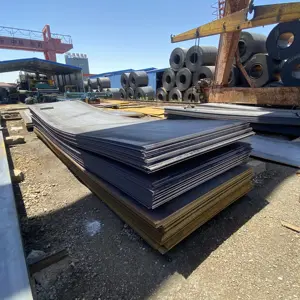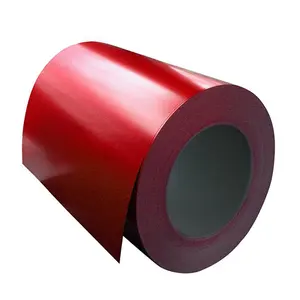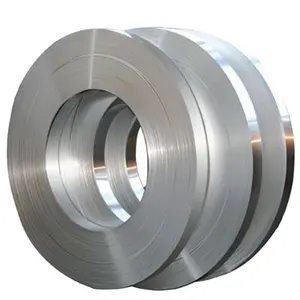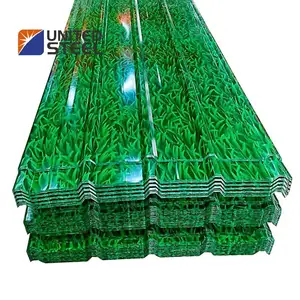Popular in your industry









































































Related Searches:


































































































































































Top categories
About 1x1 rabbit wire
Exploring the Versatility of 1x1 Rabbit Wire
The 1x1 rabbit wire is a versatile material predominantly utilized in various sectors, from agricultural to industrial applications. This specific category of wire mesh is characterized by its uniform square openings, measuring 1 inch by 1 inch, offering a balance between durability and functionality.
Types and Applications
There are several types of 1x1 rabbit wire, each serving a distinct purpose. In agriculture, it's employed to safeguard plants from birds and pests, while in industrial settings, it's used for sorting and filtering materials. Its applications extend to creating enclosures such as chicken runs, pet cages, and garden fencing, demonstrating its adaptability across different uses.
Material and Features
The galvanized iron wire mesh is a popular choice for its resistance to rust and corrosion, making it suitable for outdoor and industrial environments. The strength of the wire ensures longevity, and its malleability allows for easy shaping and installation around the contours of different spaces.
Advantages of 1x1 Rabbit Wire
The primary advantage of 1x1 rabbit wire lies in its robust construction, which provides a reliable barrier without obstructing visibility. Its uniform pattern ensures consistent performance in filtration and protection tasks. Additionally, the ease of customization and installation makes it a practical choice for various projects.
Design and Customization
Hexagonal wire mesh designs are also available, offering an alternative aesthetic and structural choice. This design is particularly useful for applications requiring more flexibility, such as in creating curved surfaces or enclosures that require a different shape.
Choosing the Right Wire Mesh
Selecting the appropriate 1x1 rabbit wire involves considering the specific requirements of the task at hand. Factors such as the environment it will be used in, the level of exposure to elements, and the type of animals or materials it will be guarding against are crucial in making an informed decision.



















